SCAM ALERT - MANY POSKIM HAVE SAID THIS IS A MINHAG SHTUS
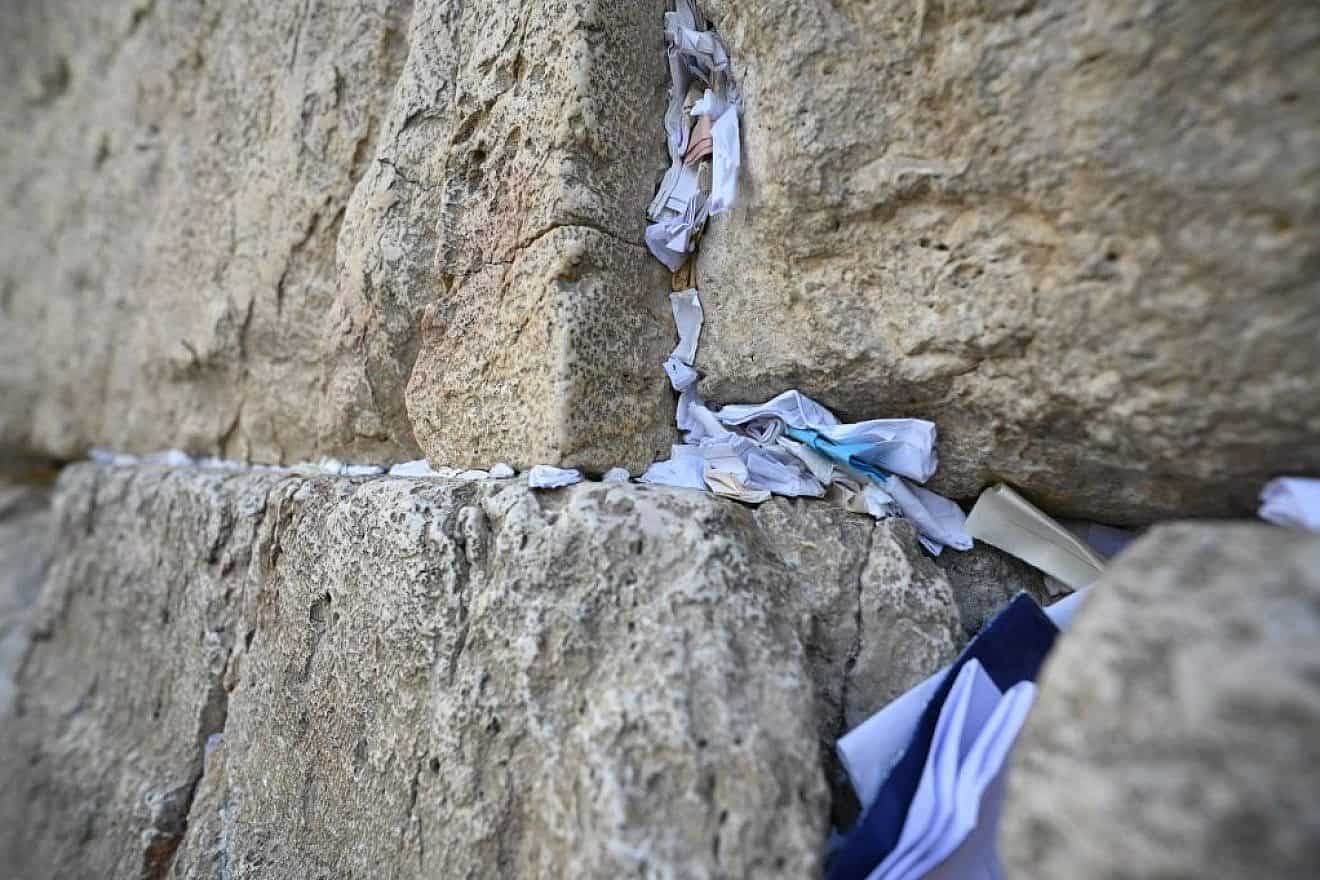 |
Journal of Halacha and Contemporary Society. 43-44. Yeshiva Rabbi Jacob Joseph School. 2001. p. 94. A practical issue in connection with the kotel ha'maravi is whether it is permitted to insert one's fingers or notes into the crevices of the wall" and "Others have argued that since this pollutes the kotel, and there is no halachic reasoning for this practice, that it is not proper to allow it to continue. |
https://tweetyourprayers.info/
Former domain of a website that ran a campaign in which you could tweet your prayers and they would be placed as notes on the Western Wall in Jerusalem.
https://aish.com/place-a-note-in-the-western-wall/
CHRISTIANS UNITED FOR ISRAEL ---- https://cufi.org/engage/pray/westernwall-prayer-request/
In today's electronic age, many online services offer petitioners the chance to send their kvitel to the Western Wall via email, fax, text messaging and Internet; the kvitel is then printed out and inserted in the cracks of the Wall.[44] The "Send a Kvitel Service" of kevarim.com receives kvitelach via Internet and then dispatches them to the gravesites of tzadikim in North America with people who travel to these gravesites.[45] The Nikolsburger Rebbe himself accepts kvitelach and pidyonos via Internet.[46]
Sending kvitelach to the grave of a Rebbe or tzadik has also become a fund-raising tool. Mosdos Kever Rachel (Kever Rachel Foundation) encourages donors to send messages and prayers which will be read out at Rachel's Tomb.[47] Similarly, the Breslov Research Institute website offers donors the opportunity to send a "digital kvitel" to be read by the grave of Rebbe Nachman of Breslov in Uman, Ukraine.[48]
The practice of placing prayer notes in the Western Wall has also been adopted by Christian pilgrims and people of other faiths.[7] Foreign dignitaries who have publicly placed a kvitel in the Western Wall include Pope John Paul II in 2000,[33] U.S. Senator Hillary Clinton in 2005,[34] Pope Benedict XVI in 2008,[35] U.S. presidential candidate Barack Obama in 2008,[8] and U.S. presidential candidate Mitt Romney and his wife Ann in 2012.[36] Pope Francis inserted a handwritten Spanish language text of the Lord's Prayer in the Wall during his visit in 2014.[37][38][39] On May 22, 2017, Donald Trump became the first sitting U.S. President to visit the Wall; he also inserted a note.[40]
It is unclear when the practice of writing and giving kvitelach began. This practice is not mentioned in the writings of the early kabbalists, nor in the works of the school of Isaac Luria (1534–1572), the father of modern Kabbalah.[9] The first time it is mentioned is during the time of the Baal Shem Tov (1698–1762), founder of Hasidism.[10] ***It says an awful lot about the idiocy of this minhag*** PM
Journal of Halacha and Contemporary Society. 43-44. Yeshiva Rabbi Jacob Joseph School. 2001. p. 94. A
practical issue in connection with the kotel ha'maravi is whether it is
permitted to insert one's fingers or notes into the crevices of the
wall" and "Others have argued that since this pollutes the kotel, and
there is no halachic reasoning for this practice, that it is not proper
to allow it to continue.
Messages to God removed from Western Wall
The prayer notes are removed from the wall twice a year—before Passover and the High Holidays—and are buried in a Jewish cemetery.
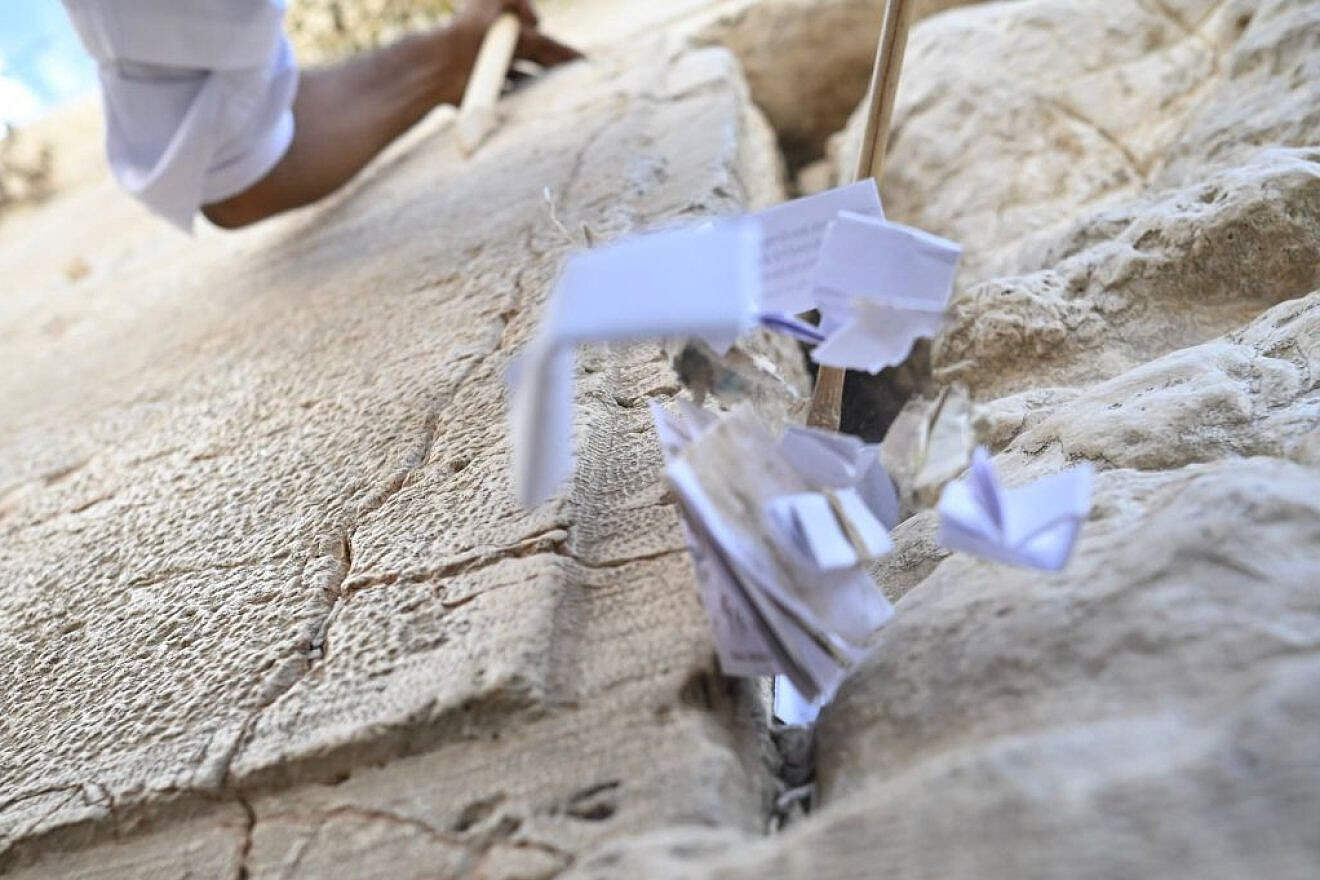
Visitors to the holy site of all faiths leave thousands of notes to God—known as ptakim—praying for personal success, a loved one’s health, peace in the Middle East and a myriad of other things.
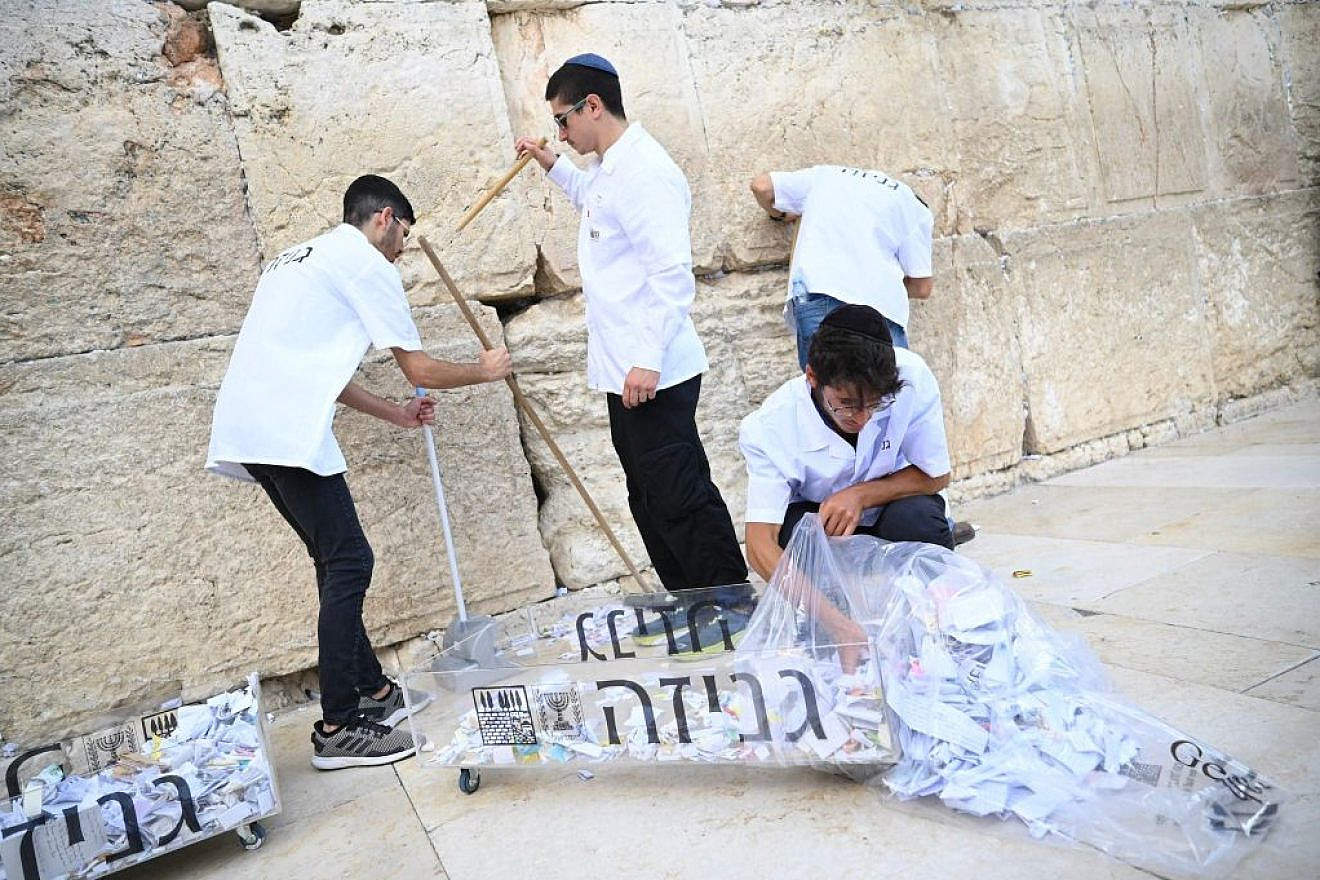
The custom stems from the Jewish teaching that God’s presence never left the Western Wall and that prayers ascend to heaven through the adjoining Temple Mount. People unable to visit can also write notes online, which are printed out placed in the wall by staff.
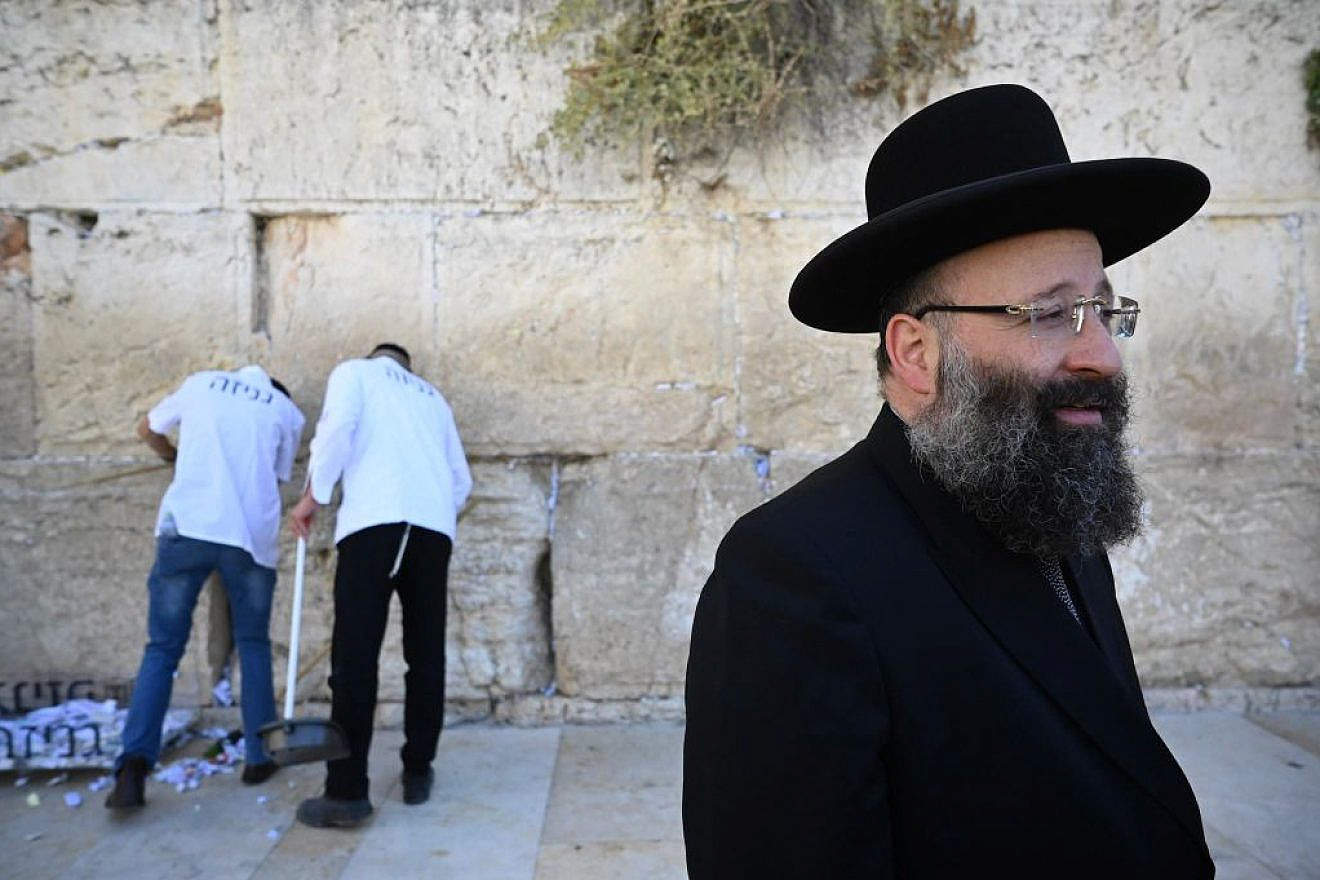
Twice a year—before Passover and the High Holidays—the Western Wall Heritage Foundation removes the notes. The foundation administers the holy site’s daily affairs. The cleanup is done under the supervision of the Chief Rabbi of the Western Wall and the Holy Places Shmuel Rabinowitz, Rabbi of the Western Wall and the Holy Places.

Notes removed from the wall are buried in a Jewish cemetery on the nearby Mount of Olives. Workers are careful to respect the privacy of the prayers and do not read the notes.
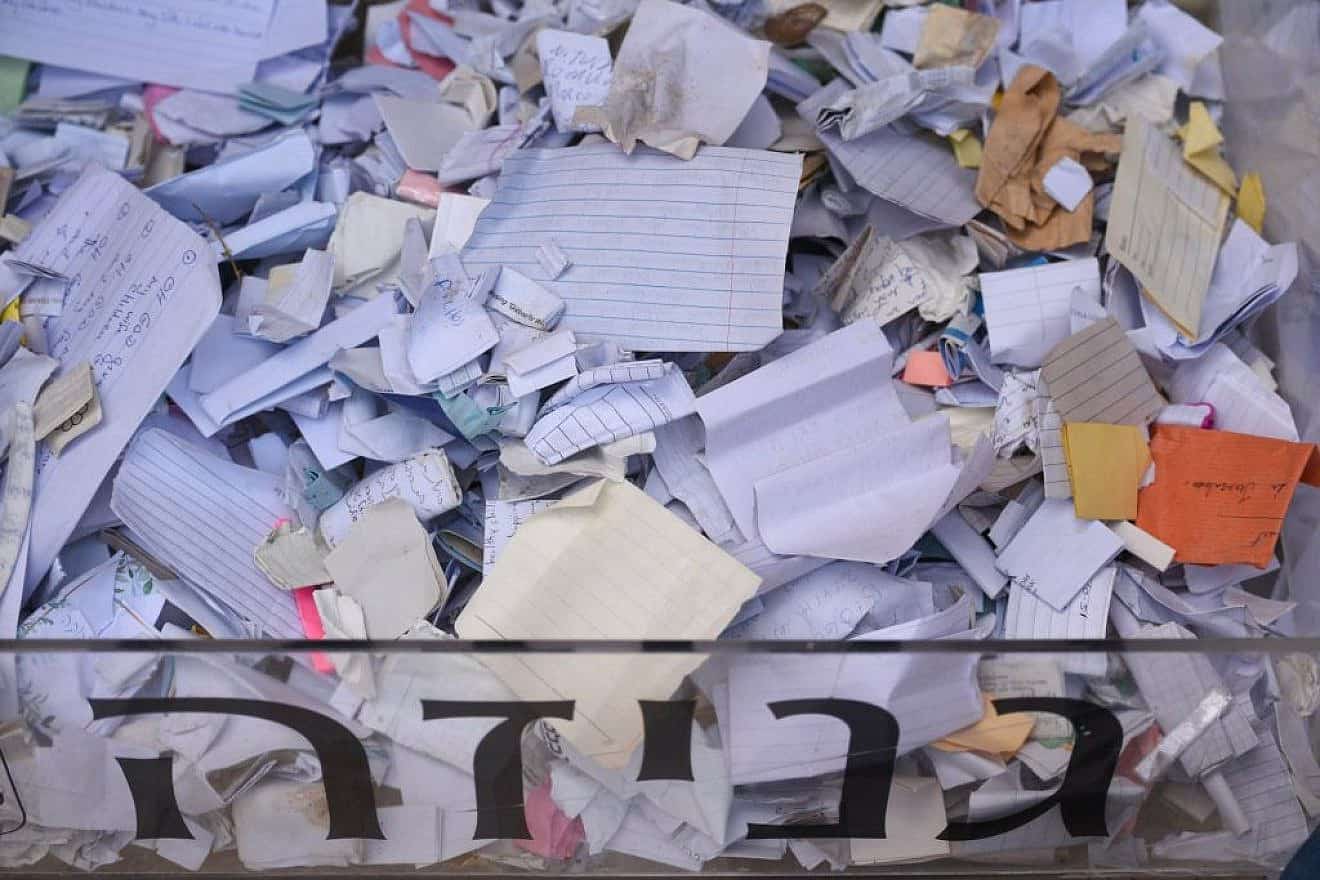
At the end of August, engineers inspected the wall for safety, removing loose stones and seasonal plants. Thousands of Jews will visit the Western Wall during the High Holidays and the week-long holiday of Sukkot. The High Holidays being with Rosh Hashanah, the Jewish new year, which starts on Sept. 15 at sundown.

The Western Wall, also known as the Wailing Wall, is the only remnant of a retaining wall encircling the Temple Mount built by Herod the Great and is the holiest site where Jews can freely pray. The Temple Mount, where the First and Second Temples were built, is the holiest site in Judaism.
Worshippers at the Western Wall were able pray for a happy new year as workers made room for the next six months of notes.
https://www.jns.org/jewish-and-israeli-holidays/rosh-hashanah/23/9/10/317467/


